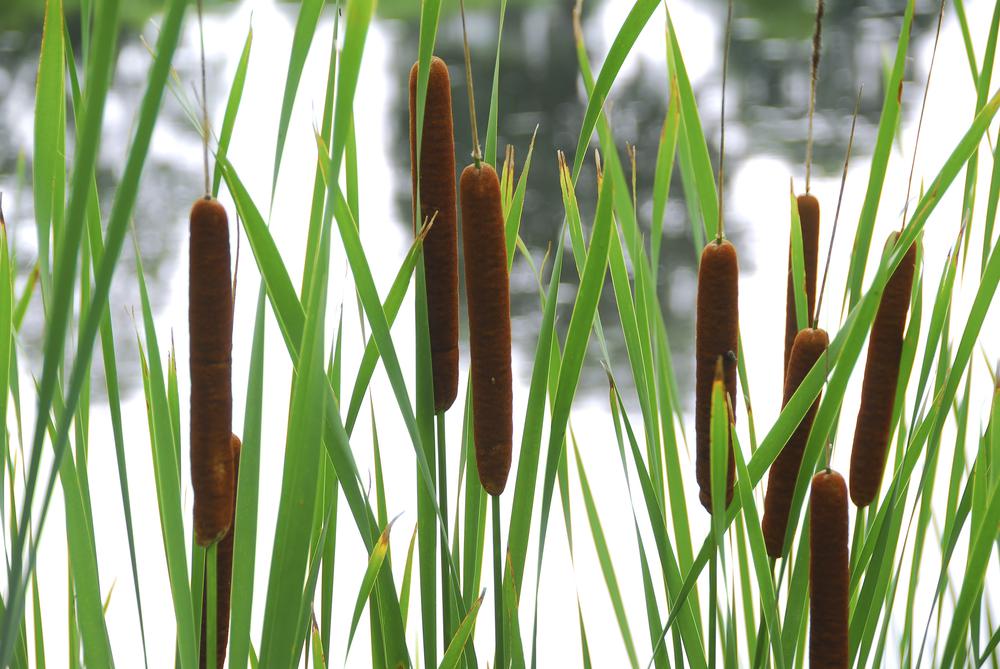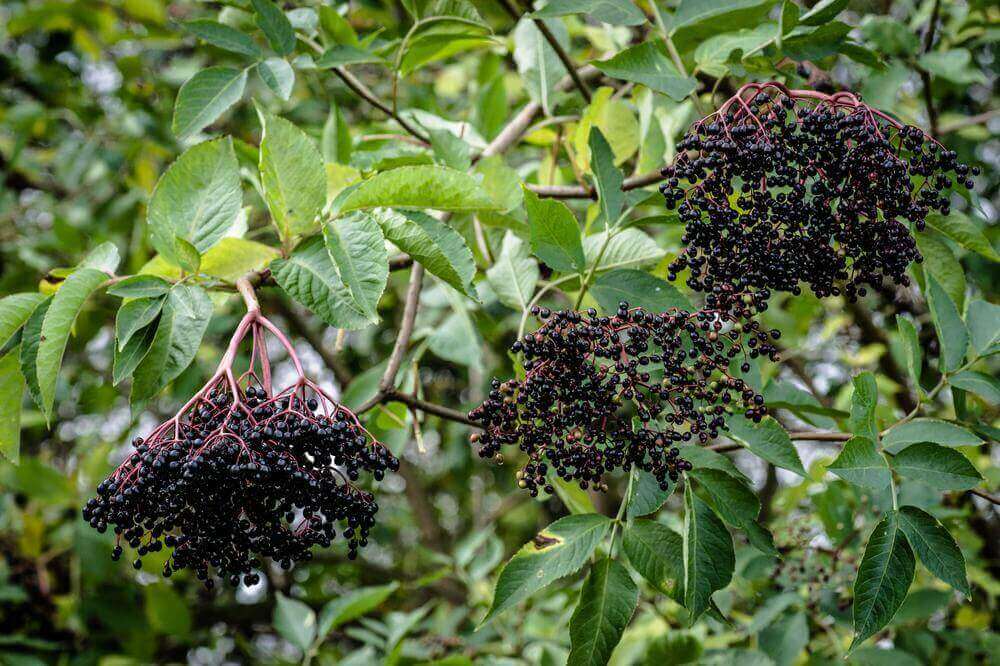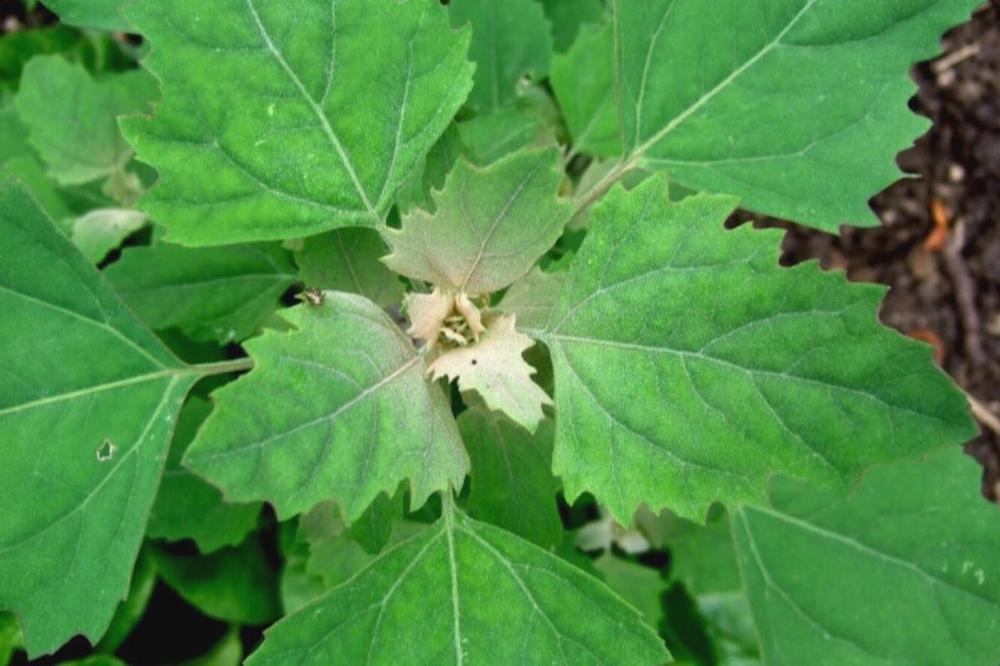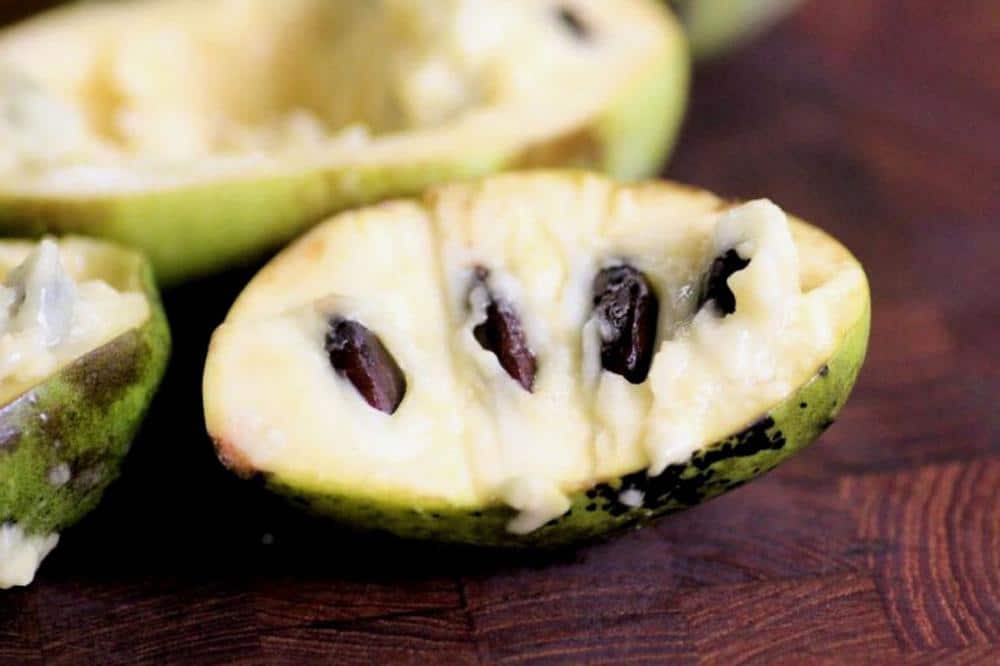Native plants form the cornerstone of nature’s web of life, feeding multitudes of insects, which in turn feed songbirds and other prized animals. Additionally, many wild edibles also serve as food for people. A few of the delicacies you can make from Missouri’s wild flora are jams, soups, bread, and more. For example, the fruit from persimmon trees and pawpaw’s may be used to produce a variety of delicacies, as can nuts from black walnut and hickory trees.
The resource information contained in this article is informational. Additionally, it is essential to remember that there is always a chance you may have an allergic reaction when eating wild natives, just as with any other food item. If you have any concerns about handling or consuming any plant materials, always seek the counsel of a health expert.
Natures Wild Edibles
Many different types of wild edibles are nutritious and delicious. And while you can forage in the woods for these delicacies, you will ideally grow your edible natives, which help to support pollinating insects, and in turn, helps pollinate your vegetable and fruit gardens. This article will cover just a few of the fascinating wild edibles you can find in Missouri.
Cattails
You can find Cattails, Typha latifolia, in ditches, wetlands, marshes, and ponds. These fuzzy beauties, also known as bullrush, are a wild food source.
During the spring, the young cattail shoots are a prized wild edible. If you harvest them in the spring, you should remove the outer leaves, and the white core that remains can be eaten raw. Additionally, you can boil them, bake them or slice them up to add to a stir fry. Another common technique to prepare the young, fragile shoots is to pickle them.
Vibrant yellow pollen will form on the heads of the cattails as they mature, which you can gather by shaking the pollen into a sealable container or plastic bag. The pollen is an excellent source of protein and a fantastic substitute for flour in baking or as a thickening agent for soups and stews. In addition, you can harvest the female heads when they turn into cottony seeds during the fall and use them to insulate quilts and pillows.
Cattail roots are typically used as a flour replacement or thickening agent. Let the cleaned cattail roots dry naturally, or place them in the oven overnight at 200-degrees. Once dried, pound the dried roots with a kitchen mallet to obtain the flour.
Dandelions as Wild Edibles
Most people consider dandelions (Taraxacum officinale) to be an unsightly weed, with the goal of exterminating them from their yard. Dandelions have distinct leaves with toothy notches and brightly colored yellow flowers. These tiny edibles bloom from April through late October.
Dandelions are unique wild edibles in that you can eat all the parts. Whether consumed in their natural raw state or cooked, they have a bitter taste that many people dislike. However, if you dry the roots and roast them, you can crush or grind them and then steep them in water to make a coffee-like beverage.
The optimal time to collect dandelion leaves and stems is when they are young. The blossoms of dandelions are an excellent addition to any salad to add a pop of color. Additional options are to sauté them with pine nuts, bacon, or lemon, like any other greens. You can also fry the gold heads of dandelions like zucchini blossoms.
Wild Elderberries
Elderberry bushes, Sambucus canadensis, are wild edibles that are prevalent across the state and are often found growing beside roadsides or streams, in open forests, or concealed in fencerows or thickets. They produce colonies from root shoots and can grow to be 8 feet tall or more.
Elderberry bushes are recognizable by their blossoms or berries. Each flower has five flattened, white petals and is radially symmetrical, with the blooms creating an umbrella-shaped cluster. The fruit ripens to a dark purple in hanging clusters in late summer. Elderberries contain a lot of vitamin C; however, you should not eat them fresh. Until the alkaloids in the berries are reduced by cooking, they might produce nausea. These berries are great in pies, muffins, jellies, or elderberry syrup.
You can also eat elderberry blossom clusters, but they need to be fried first. Like many other wild foods, the blossoms can be dried and steeped in hot water to form a tea. In addition, you can batter and fry the flower clusters to make fritters. Be sure to avoid the bark, leaves, and roots, as they contain a bitter alkaloid and a glucoside, which can create cyanic acid.
Lamb’s Quarters
Another wild edible is Lamb’s Quarters, Chenopodium album. This plant, also known as pigweed, is resilient and can be found almost anywhere in Missouri. It is commonly utilized as a fast-growing grain or as animal feed worldwide. Lambs quarters, a cousin of spinach, are commonly used for their stems and leaves, which you can substitute for other leafy greens in cooked or stewed meals. Raw, it works well as a substitute for both spinach and lettuce. Be cautious of eating too many raw Lamb’s Quarters leaves as they can contain significant quantities of oxalic acid.
Wild Pawpaw’s
Pawpaw’s, Asimina triloba, is the fruit of the Asimina triloba shrubs or trees and are often called Missouri’s banana. These wild edibles are found across the state near river bottoms and streams. Because they are spread by root suckers, you’ll frequently discover several when you locate one.
The fruit of the pawpaw ranges in size from 2 to 5 inches. Their nickname comes from their original green hue, short, sturdy banana form, and custard-like inside. The surface of the fruit becomes brown as they mature between September and October. Pawpaw leaves typically stand out amid other plants because of their large oblong shape and size, often measuring between 6 – 12 inches in length. As autumn progresses, the brilliant green hue of the leaves fades to yellow.
After harvesting pawpaw fruits, cut them open to reveal the pulp and seeds. The pulp of the pawpaw can be consumed raw or may be used as a substitute for bananas in various dishes.
Wild Edible Persimmons
Persimmons, Diospyros virginiana, are a well-known wild edible in Missouri. They have a lovely sweet flavor when ripe. Persimmon trees are often found in hardwood forests, prairies, and fields. Because of the sucker roots, locating one tree typically leads to finding a whole grove of persimmon trees. Their leaves are oval and are dark green at the top and fade to a pale green on the bottom. Probably the most distinguishing feature of this tree is the texture of the bark. The ridges of the bark resemble alligator skin.
Persimmon leaves may be harvested and steeped like tea. The result is very similar to sassafras tea. Persimmon seeds may be extracted, roasted, ground, and made into a caffeine-free coffee. The persimmon fruit can be compared to a plum when it comes to shape. However, they are smaller and remain green through the summer months. They turn brilliant orange in the fall as the temperatures begin to drop. Persimmons are bitter; however, the bitterness begins to fade once the persimmon wrinkles and becomes squishy, which is the perfect time to harvest.
You can eat persimmons fresh or preserve them for later use. First, smash the fruit to remove the skin and seeds. You will end up with pulp for baking. To make persimmon bread, use your favorite banana bread recipe and substitute persimmons.
Final Thoughts
Gathering wild edibles is a fun and relaxing way to enjoy Missouri’s incredible outdoors. Because they have a shorter storage life, it is best only to gather what you can eat in a day or two. Leave the rest for your next outdoor foraging adventure. Always remember when gathering wild food, always be cautious. Many plants are similar in the way they look. Some of these look-alike plants can be toxic. So, if you’re unsure of the identity of a wild edible, don’t consume it. It’s always better to be safe than sorry. We hope you found this article enjoyable and the team at Down to Earth Services wishes you well on your foraging journeys!







